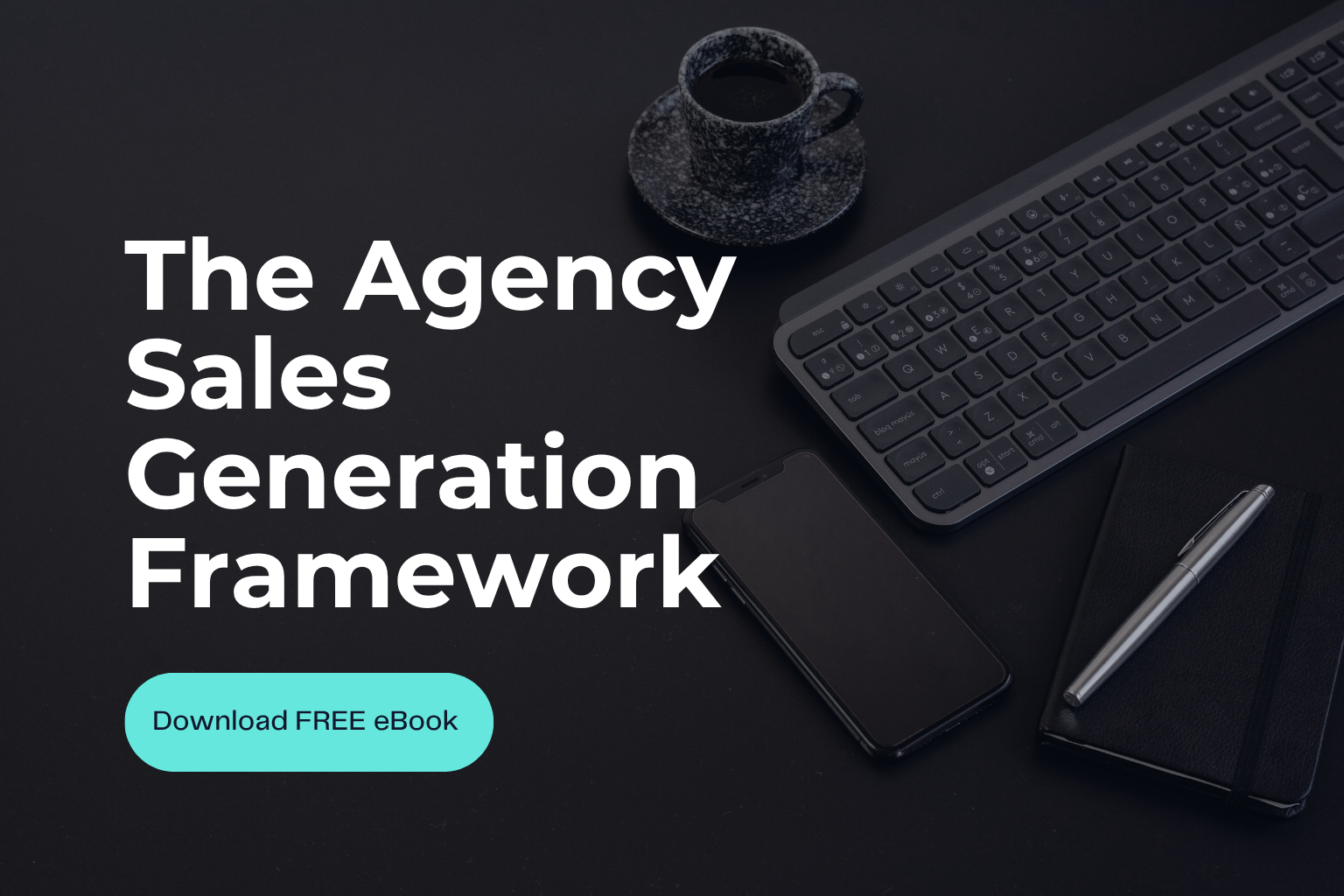‘M&A’, ‘Acquisitions’ ‘Buy and Build’ It also sounds a bit fancy, and highbrow doesn’t it. But take away the jargon and what you are left with is a very effective process for solving problems, supercharging growth, and adding significant value….
…If you get it right!
Having spent the last nine years in a world dominated by mergers, investments, and acquisitions I can say, hand on heart, that I wish we had made better use of it as a growth lever as part of our own agency journey.
Don’t get me wrong, we did OK, but I have absolutely no doubt in my mind that had we made a couple of small, strategic acquisitions along the way we could have quickly added significantly to our eventual sales value.
There are pitfalls of course and buying a business is not without risk, but by following a relatively straightforward (and very human) process you can do it successfully and without pain.
What are the options?
It’s important to say at this point that I am NOT a traditional M&A professional. I don’t come from a background of maths and further maths and my forte is absolutely not financial engineering.
But there are people that can hold your hand and do this bit for you. Your focus should always remain on finding the right business that accelerates your existing strategic plan and then spending a lot of time talking to their team and clients.
Do this bit well enough and leave the experts to pour over the finances and contracts and you’ll avoid a lot of the pitfalls we see.
What should you buy?
What this post isn’t, however, is a guide to help you choose your ideal acquisition. That subject is worthy of a later eBook we plan to write, but all we will say is that generally your target comes from an initial decision to expand by either buying an agency business that either:
- Adds a new channel specialism.
- Brings in a heap of new logos and revenue.
- It acquires great talent you may not be able to find.
- Offers an ‘arbitrage opportunity’ to add quick value prior to sale.
Often it is a combination of two or more of the above and part of the selection checklist we use when measuring the viability of an acquisition is that it should ideally tick at least two of the above.
The PE secret – multiple arbitrage
They also say that it can pay dividends to look for those who have more experience before diving in too far and you don’t need to look too far to find those that a really good at the process.
Private equity professionals have built an entire industry out of this process and in recent years have become increasingly interested in the agency space.
This is great news if you are an agency owner as when we sold in 2016 that wasn’t really the case and when ‘PE’ does arrive it usually follows that ‘multiples’ (the multiple of revenue or profit an acquire is willing to pay for your business) goes up.
They also prove the model for you, often ‘rolling up’ several agencies into a group worth of much greater value.
They play on something known as ‘multiple arbitrage’ which basically means that they pay a lower multiple for smaller agencies, put them together into a ‘group’ and then eventually sell them for a greater multiple.
Why? Because an eventual acquirer is usually willing to pay a larger multiple for an agency of scale.
In practice this means they can buy for 4-6x EBITDA (a common measure and level for agencies of £500k – £1m EBITDA) and sell for upwards of 10-12x, effectively creating significant extra value on day one of the deal.
PE funds however can create even greater upside for those they are backed by (often entities such as pension funds etc) as they will often only finance a small part of the strategy with actual cash. Instead, they use debt to further increase return on invested capital.
Think about it, if you can buy a series of businesses for, say £20m with only £5m of cash, fund the rest with debt and then sell that same business for £50m you’d say that was pretty shrewd business, right?
This model won’t work for everyone of course and so let’s look at the various ways in which you can fund your first deal.
Paying for it with cash
The simplest way to buy anything in life is with cash. And the one thing that agency businesses are good at is producing it.
If you’ve run a semi successful agency business for a few years and have been sensible with dividends, then it is quite possible to be sitting on £1-£2m of cash.
With the right structuring (more of that below) it would be quite possible to buy another £250k-£500k of ebitda through acquisition is you find the right strategic partner and work smartly.
That’s better than it being sat in the bank, right?!
Paying with debt
But where it gets REALLY interesting if you can work with your current banking provider or an M&A financing specialist to ‘leverage’ that cash pile further.
If the business is producing £500k of annual profits then it should be more than possible to borrow three or more times that from a specialist lender or your bank.
That creates significantly more buying power. Add that £1.5m+ of cash to your cash pile and you can look to buy something larger and more established still if you so wish, or you can simply create a slush fund for integration and marketing post close.
Paying with smart structuring
And then comes the way in which you can think about structuring the deal itself. Most agency or service-based business deals inevitably attract a level of ‘earn out’ (a period of time where the founding team has to stay on to ‘earn’ the remainder of the sale value.
This, some would argue, helps incentivise those running the business to stick around and help with growth plans.
Earn out structures are a post all of their own but suffice to say that for the sake of this piece we will pretend that all EOs incentivise revenue and profitability.
In these circumstances the usual rule of thumb is that the purchaser will pay around 50% – 60% up front (the money you get on deal day), with the rest ‘earnable’ based on hitting pre-agreed growth targets.
This presents the purchaser with an opportunity; if you only pay for half up front it means you have somewhere around £2.5m – £3.5m to play with here and if you wish you can use smart structuring to pay for the first ‘half’ of the business, again allowing you to buy something bigger.
You’ll want to do so serious cashflow forecasting of the combined businesses going forwards, but you can start to see that you can use their own cashflow to part finance the deal, paying them their own profits back (plus a bit of yours) for the payments due in the ‘earn out period.’
That means then that suddenly with only £1m in cash to play with and £500,000 in operating profits you could, by rights, buy another £1m+ EBITDA.
Here’s the maths:
Acquisition target – agency making £1m on £4m of revenue.
Terms and deal structure – You agree to pay 6x multiple for the business with 50% up front. That means you pay £3m on deal day and 6x whatever the EBITDA is after two more years of trading. If they grow to £1.5m EBITDA then you end up owing 6 x £1.5m = £9m, but then minus the £3m already paid = £6m after two more years.
The business will have made £2.5m – £3m in that period so that leaves you with a ‘bill’ for £3m more but with a business adding £1.5m to your bottom line, which you can then refinance against and pay the remaining £3m off if you so wish.
Result – You could then be sat with £3m of EBITDA – a business potentially worth £20m – £30m having only spent £1-£2m of your own cash plus profits.
The right strategy?
Any acquisition though has to make STRATEGIC sense too. No eventual buyer of your business is going to be attracted by a bunch of illogically connected businesses. Instead, you must NLY use acquisition strategy to help accelerate your story and mission and ensure it stays as coherent as possible.
Most of the time that means buying another business for one or more of the four reasons mentioned earlier in the piece.
Where to start?
If all of the above sounds good and fits your growth strategy, then the first advice I would give is to seek experience and expertise.
Embarking on a buy and build is a great time to invest in an experienced non exec director, chair or advisor who has been there. Look for someone that has lived through acquisitions on both sides (buy and sell) or can demonstrate how they have helped multiple deals complete.
For many too it can pay to on board a specialist investment bank or M&A team to help find the right targets, structure the deal, and then execute the detailed legal, commercial, and financial due diligence needed to protect yourself properly.
It’s a minefield so don’t simply jump in.
Find the right business though where there is great strategic and cultural fit, and you can very quickly transform your trajectory overnight.
Some say buy and build is only for the brave, but I’d say it’s for the prepared and well advised.
Just don’t ask about the perils of finding that right ‘fit’ acquisition though; that challenge is one to tackle another day…!



